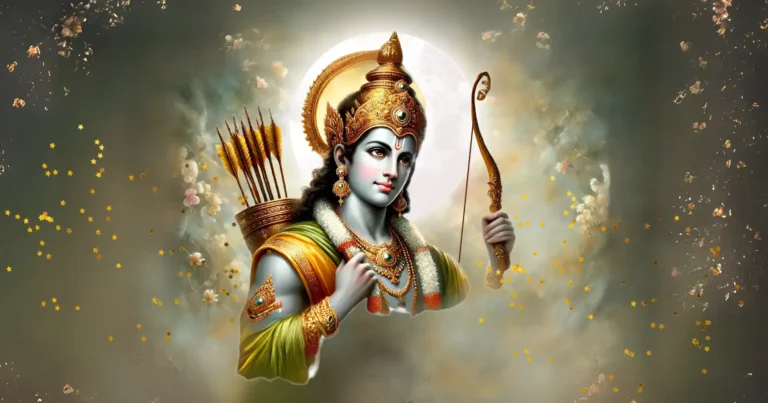Please Like the Blog and Share it for Maximum Reach
Table of Contents
What is the Dakshinamurthy Stotram
The Dakshinamurthy Stotram was composed by Adi Shankaracharya. It is written in Sanskrit and has 10 verses in it. Before going into the benefits of chanting the stotram, let us know who Dakshinamurthy is.
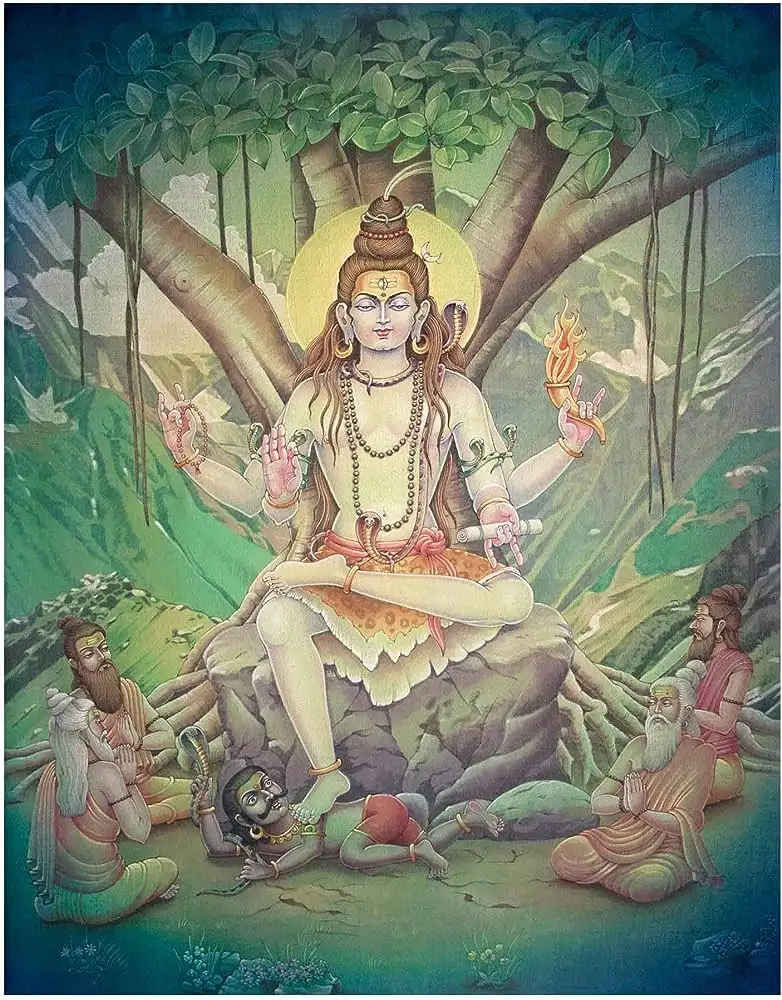
‘Dakshinamurthy’ literally means ‘the one who is facing the southern direction’.He is the great form of Lord Shiva, who represents Guru Tattva or the principle form of Guru.Interestingly, he is the only deity facing the south.
Inasupiciousness of the Southern Direction
It is generally inauspicious for the temple to face the south direction as Yama, the lord of Death rules this direction.Watch our video called Who is Yama to know his significance and role. Southern direction is synonymous with decay and death.
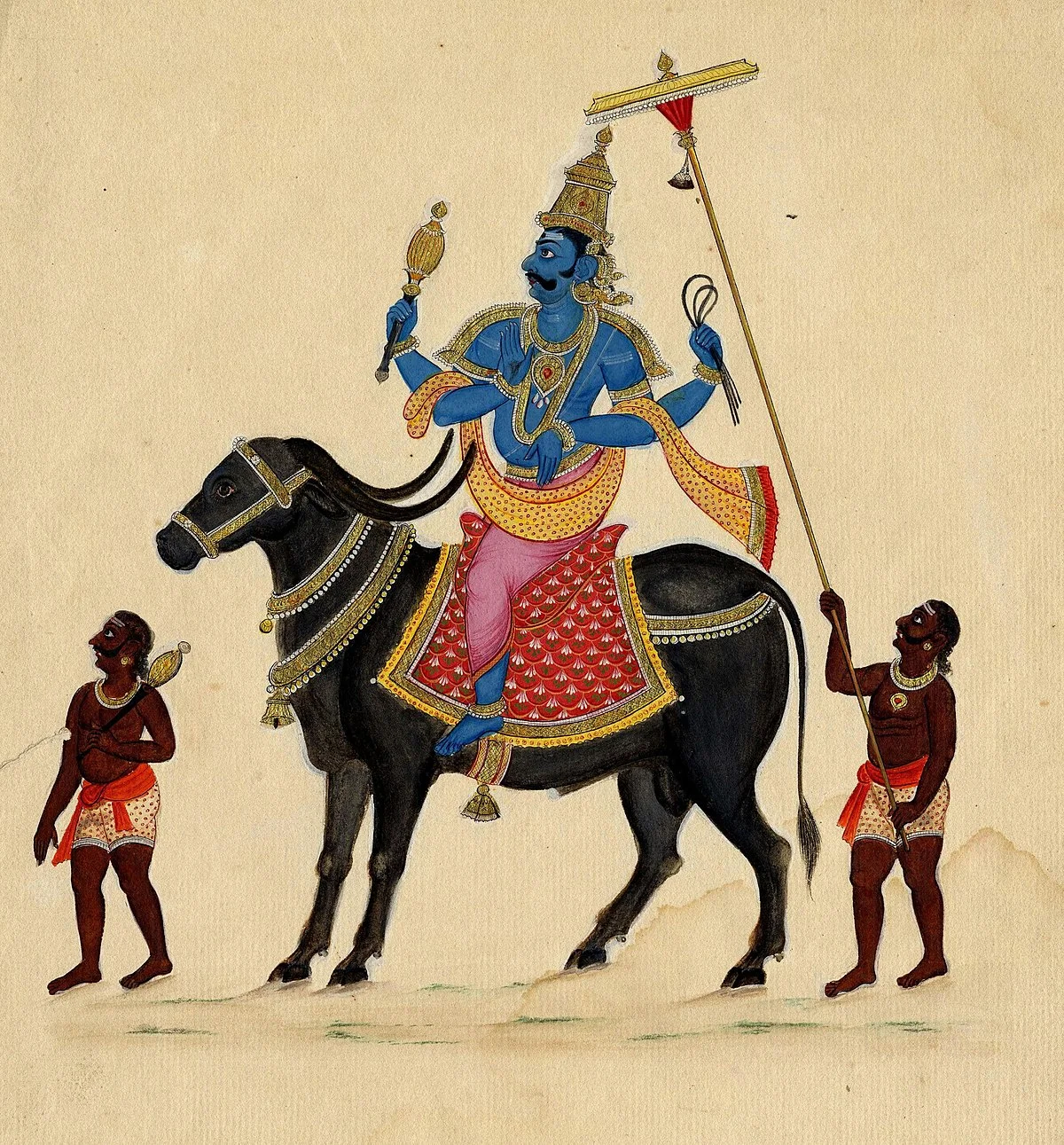
Facing the South means that the Lord can see through the transitory world as a spectator without getting involved in it.
Dakshinamurthy Represents Guru
He is the observer while the world is the subject. Thus He is Jnana Murthy or the embodiment of knowledge. This form of Lord Shiva is regarded as the first guru or Adi Guru. Those who do not have a guru can pray to Him for grace. As I always keep saying, No mantra can work, unless you have accepted a Guru and follow the principles of Truth as laid down by him.
This form of Lord Shiva appeared in the handsome form of a 16-year-old youth sitting under a Banyan tree. He stamps the dwarf of illusion with his right leg and places his left leg gently over his right thigh. The dwarf represents Preyas or the short-sighted approach to worldly temptation. The Lord has subdued this ghost.
He has a compassionate and serene expression. The Lord smiles with content as he is the personification of bliss.
Jnanis Worship Lord Shiva as Dakshinamurthy
He is the supreme guru who is aware of the deepest desires of his devotees. Generally, Jnanis and Siddhas worship Him to attain the state of Turiya or Samadhi. Hence, chant this Lord’s stotram only with the desire to dispel ignorance. That alone shall serve the purpose of your chanting. Lord Shiva in the this form of believes in demonstration, rather than mere intellectual gymnastics. Once, the Sanat Kumaras came to him for solace from their bothering questions.
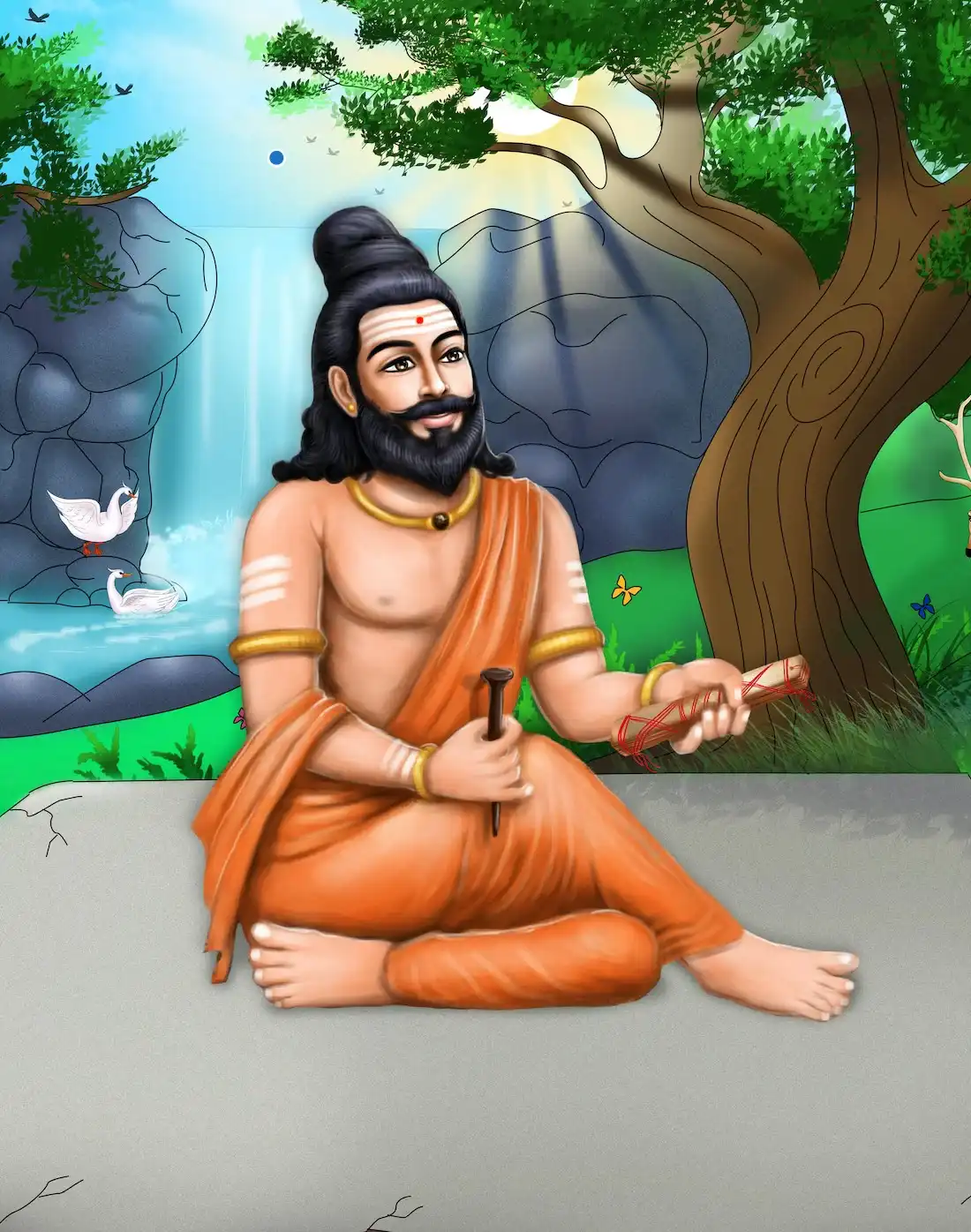
Meeting of the Sanat Kumaras with Lord Dakshinamurthy
Due to their unsatiated thirst for knowledge, their hair whitened and displayed signs of aging. Lord Shiva who stays in the heart of all, felt compassion and appeared as Lord Dakshinamurthy in front of them. The Kumaras had questions regarding the true nature of reality and what is the true self.
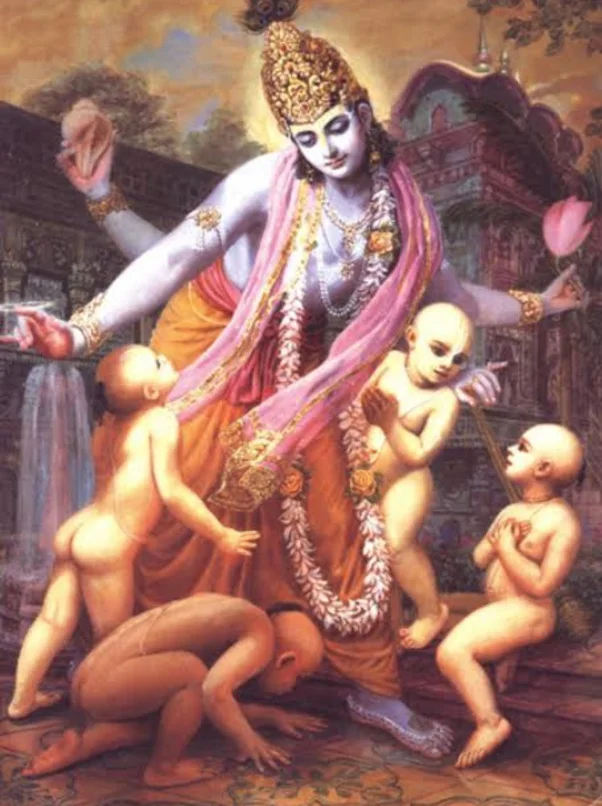
This form of Lord Shiva kept on answering their questions while sitting under a Banyan tree, but newer doubts sprung up. Thus an entire year passed. So the Lord decided to teach them by experience. He entered the state of Turiya and transmitted this state to his disciples through wordless silence. The Sanat kumaras who had associated with the Lord for one whole year, immediately experienced the truth of His words and had all their doubts cleared.
Unlike the general representation of Lord Shiva, Dakshinamurthy is fair. He wears Rudraksha beads on his chest and is ornamented. Maharishis of the highest caliber sit humbly around him, begging him for knowledge, thirsty to drink a drop of his wisdom.
8 Questions from Sanatana Dharma
The scores generated in this Quiz are absolute. There are right or wrong answers to each Question. A percentage towards 100 indicates that you are more aligned to the overall subject matter.
Benefits of Chanting Dakshinamurthy Stotram
Now I shall state the benefits of chanting the Dakshinamurthy Stotram
The benefits gained after reciting the Dakshinamurthy stotram reflect the Lord’s character. One becomes a storehouse of knowledge and deep-realizations begin to sprout in the heart. For renunciants who have dedicated their entire life to the Lord’s service find this stotram as sweet as nectar.
It strengthens the tree of dispassion.
Forms of Lord Dakshinamurthy
One feels inner bliss and a kind of happiness never experienced before. Peace of mind and fulfilment are the two benefits that come effortlessly. Do not ask for anything mundane. the Lord grants Mukti or freedom from materialistic life so asking for material benefits is futile. There are four forms of Lord Shiva namely Yoga-Daksināmūrti, Vīnādhara-Daksināmūrti, Jnāna-Daksināmūrti, and Vyākhyāna-Daksināmūrti.
This form of Lord Shivais extremely attractive. He wears tiger skin showing dispassion for worldly objects. However, one needs Viveka or discrimination to separate the real from the unreal. Watch our video on Viveka to learn about it in detail.
Significance of Mudras of the Lord of Jnanis
His upper hand holds a rosary and flame while His lower left hand holds a bundle of Kusha grass. His lower right hand depicts the Vyākhyāna Mudra as he is the universal teacher. Vyakhya means explaining in detail. To be precise, his index finger touches the tip of his thumb. Here, the thumb represents the Lord, the index finger represents the individual soul while the three individual fingers represent the three inborn impurities namely egotism, delusion, and wrong deeds done in the previous lifetimes.
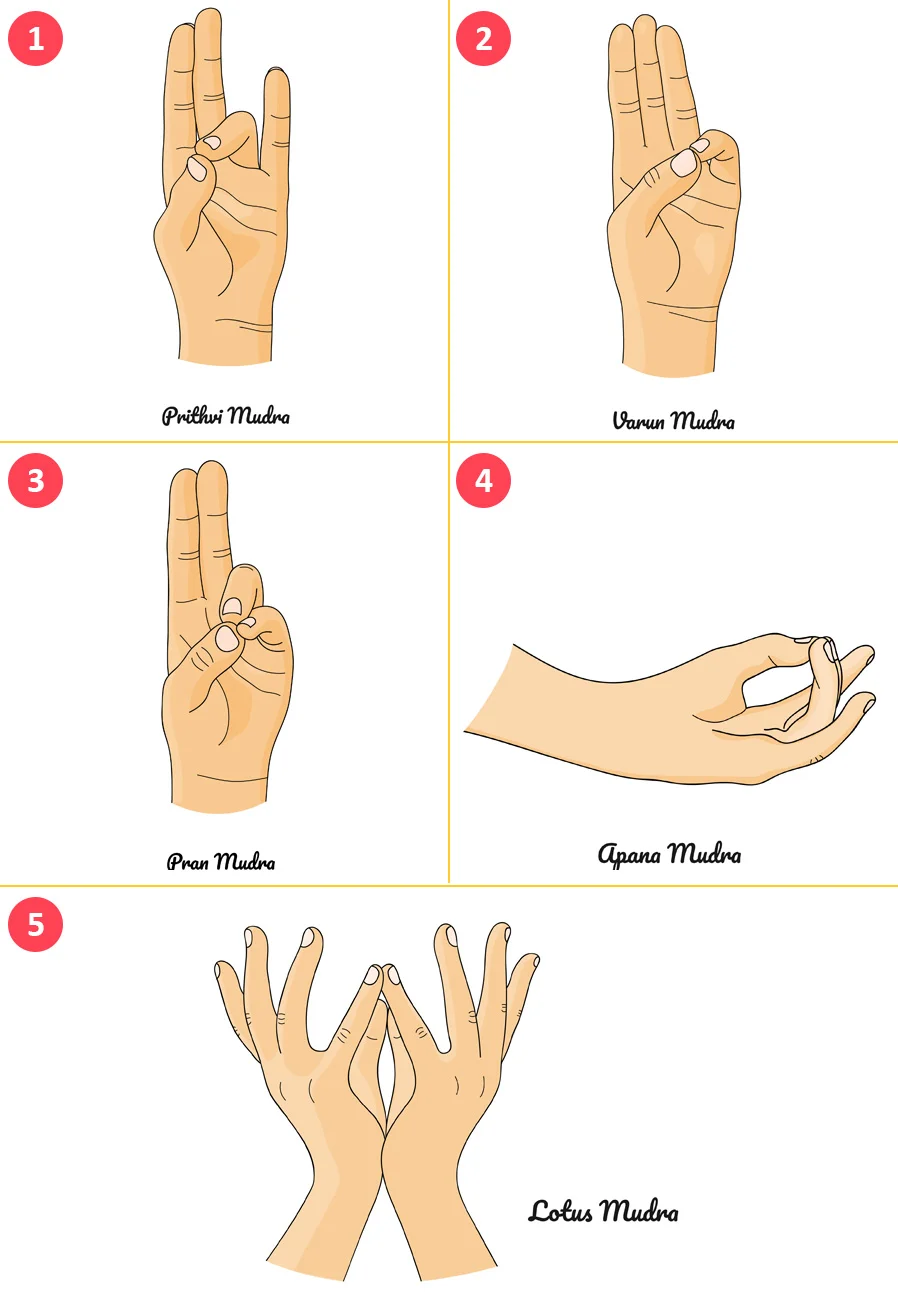
Thus Dakshinamurthy teaches us that this three-pronged trident can be separated from our original self.
Please Like the Blog and Share it for Maximum Reach



